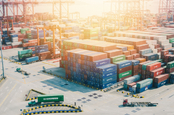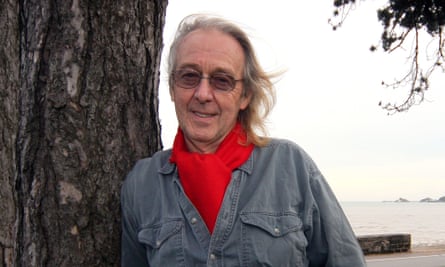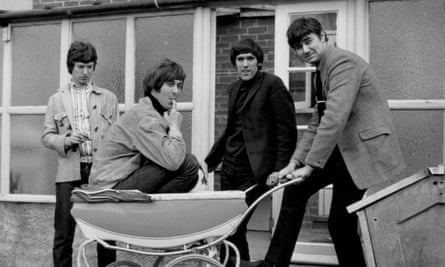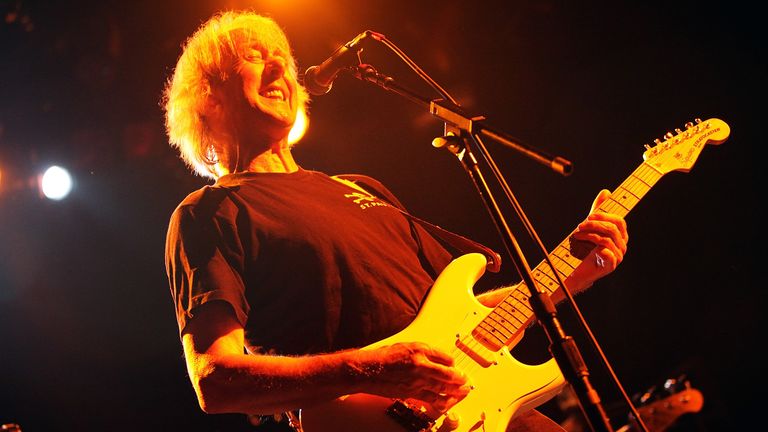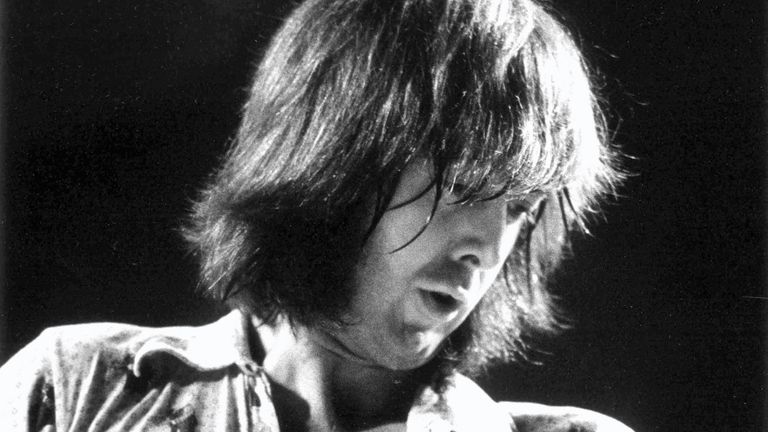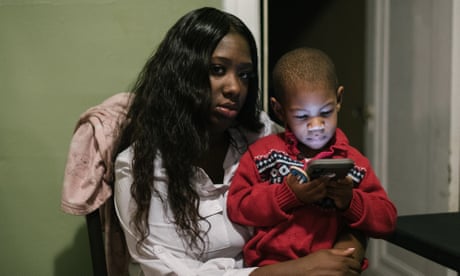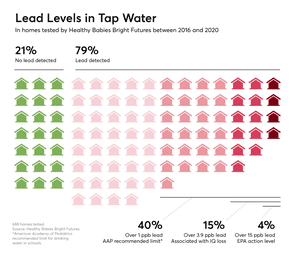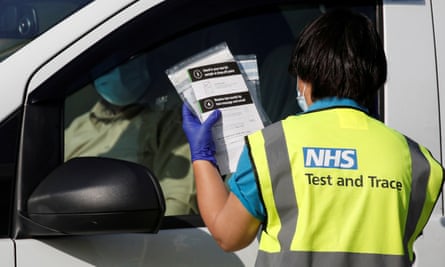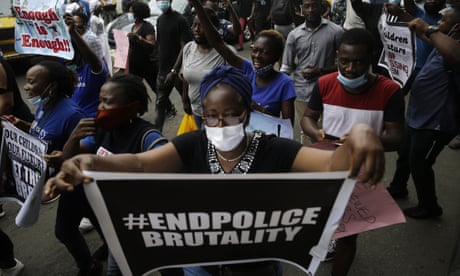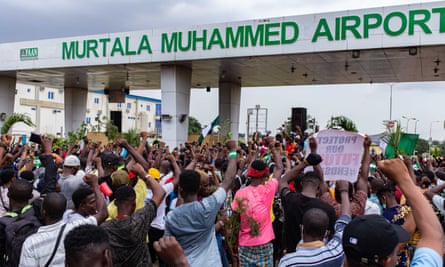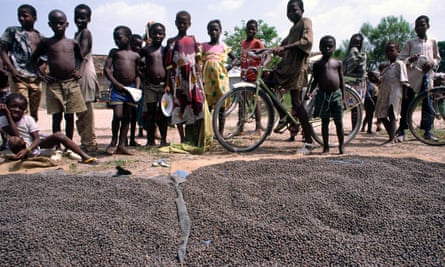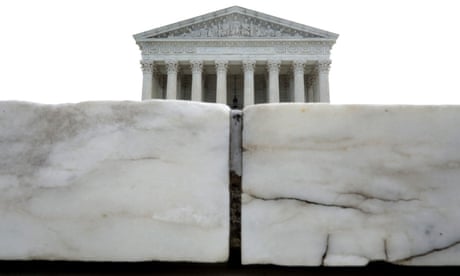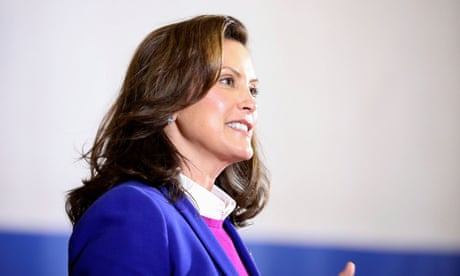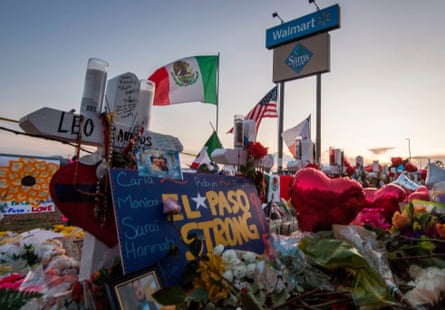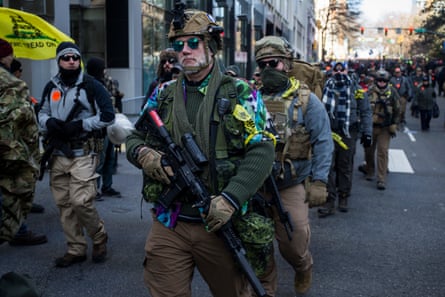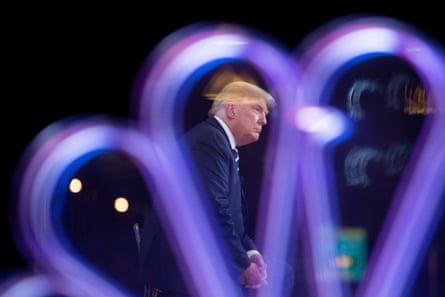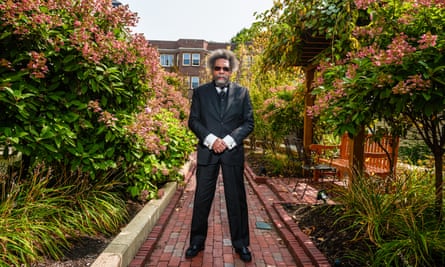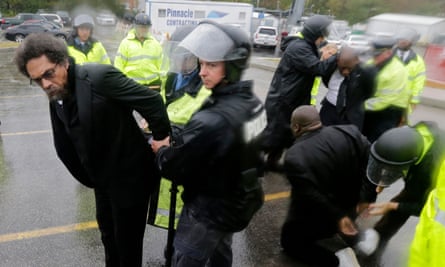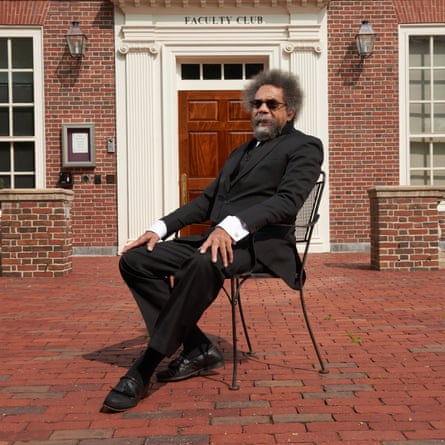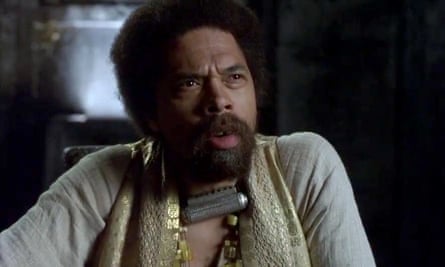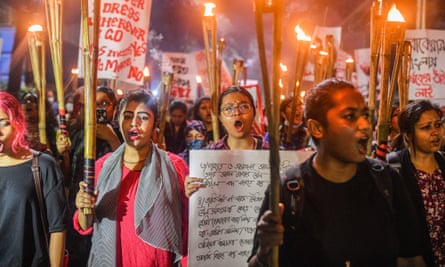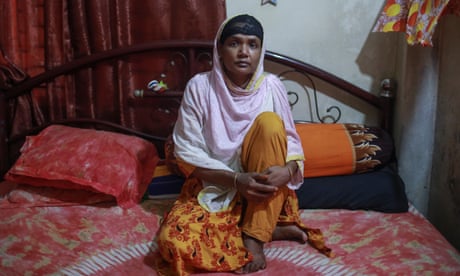Let’s check in with that 30,000-job $10bn Trump-Foxconn Wisconsin plant. Wow, way worse than we'd imagined
Surreal tales from the Midwest
It’s been three years since Wisconsin approved more than $3bn in incentives to bring Foxconn to the US state.
The Taiwanese monster manufacturer promised to build a $10bn plant making LCDs, requiring 30,000 workers, which was quickly reduced to 13,000, and turn Wisconsin into a Silicon Valley of the Midwest. It was a vision repeatedly promoted by President Trump.
“The eighth wonder of the world,” the hyperbolic reality TV star promised while claiming the deal was a reflection of him keeping his word to bring manufacturing back to America and make the country great again.
We last checked in two years ago, when the plant had been reduced to a twentieth of its original size, the planned job count had fallen again to 5,200, and Foxconn promised the LCD plant would open in 2020.
Back then, under fire and political pressure, with the President keen to show progress, Wisconsin’s then-governor Scott Walker using the project in his re-election bid, and growing concerns that literally nothing was happening, Foxconn saved face with a $100m grant to the University of Wisconsin-Madison.
The plant should be open by now, and with the election just weeks away, The Verge has taken another look at what’s going on and… it’s not pretty.
The 30,000 -> 13,000 -> 5,200 jobs? They currently stand at 281. And according to the website’s extensive reporting, most of those workers sit around watching Netflix all day because they have literally nothing to do.
Phoney promises
It gets worse: in order to qualify for the massive incentives Wisconsin approved back in 2017, Foxconn had to meet minimum job hires. But those hires are only counted at the end of the year, which led to the company mass hiring in the last three months of the year and then laying most of the new workers off in January. The $100m grant to the Wisconsin-Madison University? It stopped at $700,000.
There is no LCD plant. In large part because the economics of it just don’t make sense: even when hiring people at $30,000 a year when Wisconsin’s median household income is about $60,000, it’s not possible to make a profit thanks to razor-thin margins. Of the $10bn promised, 2.8 per cent has been spent, and two per cent of the 20 million square-feet of promised factory has been built, according to Foxconn's own figures in its subsidy submissions.
The Wisconsin project may go down as one of the biggest political and economic con-jobs the US has ever witnessed, with both Trump and Scott pushing hype and big claims over reality. Two years ago, the fear was that the project would cost the state one million dollars for every job created; in 2020, it’s literally not possible to make that comparison because there are no actual jobs beyond hiring people to prop up the deal.
From Foxconn’s end, CEO Terry Gou is responsible for continuing to push the fantasy – ensuring repeat trips to the White House – but despite having the CEO on board, the reality is that none of Foxconn’s business arms were able to make the financial case to move to Wisconsin – and so they haven’t.
With such a high profile project and big political promises – not to mention millions of dollars in real investment from the state and local authorities in infrastructure in order to make the plants functional – Foxconn has been unable to simply walk away. And so, every time the issue returns to public consciousness, another promise is made. Foxconn still claims that at some point it will start making LCDs at the Midwest plant.
It gets worse. Wisconsin’s current governor, Tony Evers – who beat Scott Walker in some part because of his promise to find out what was really going on with the Foxconn contract – is being stymied by the state’s Republican-held legislature which refuses to allow access to information about what is going on behind the scenes. It just so happens that one of the biggest defenders of the deal is the speaker of the Wisconsin Assembly, Robin Vos, who also happens to represent the district where the factory is located.
Not a chance
This year, Foxconn is supposed to hire a minimum of 1,820 workers with a goal of 5,200. Even with a hiring surge, the company cannot make it – because no one in the state believes it is anything but a fudge to get the government money. One employee charged with building partnerships with local companies told The Verge that previous failed efforts made it impossible: “Every place we tried to go, somebody from Foxconn had already been there and they’d already pissed them off,” they said.
But still the project won’t die. And this year Wisconsin is one of a small number of US states being bitterly fought over because it could help decide the presidency. Faced with his frequent and public exhortations about the deal, Donald Trump feels he has no choice than to keep pumping the hype, appearing just this month on Wisconsin TV news to claim that Foxconn had built “one of the most incredible plants I’ve ever seen,” and that if he is re-elected he will make it come good. “If we win the election, Foxconn is going to come into our country with money like no other company has come into our country,” Trump said with typical overstatement.
Meanwhile, The Verge tracked down dozens of current and former employees on the project, and outlines just how insane things became: when managers realized they had huge factory spaces and nothing to do in them, they fielded ideas for business models and considered – among other things – fish farming, exporting dairy products, storage space, and automated factories with autonomous vehicles.
But no one in Foxconn’s larger interconnected business arms would put in the money to make any of them happen because they all knew what no one will admit publicly: the entire thing is a boondoggle. Foxconn ignored requests for comment.
Gone golfing
One of the most telling details surrounds the autonomous vehicles. They were going to transport employees from the city to the plant on the outskirts of town. It was part of a new Smart Cities vision: a free, hyper-modern approach of workers moved in driverless shuttles outfitted with the latest technology; cameras and algorithms, sensors running on 5G.
The reality was quite different: a shipment of cheap golf carts from China that couldn’t be retrofitted to work autonomously. They were described by one employee as “the biggest pieces of shit.” One revised plan was to use them as security vehicles but the security company refused to pay for the carts. As so they ended up abandoned in a huge empty building being used by bored employees for races. When the batteries ran out, they were left standing where they stopped.
President Trump is supposed to have visited the plant several times to do a ribbon-cutting; first in May, then in September. But there is nothing to open. It’s empty except for abandoned golf carts. Some still hoped Trump would turn up and force the company to actually do something, even indulging in dark humor about their predicament. According to The Verge, “employees joked about having someone stationed behind a curtain, steering the president around via remote control.”
And somehow that is the perfect encapsulation of the billion-dollar farce that is Foxconn, Trump and Wisconsin. ®
THE REGISTER
